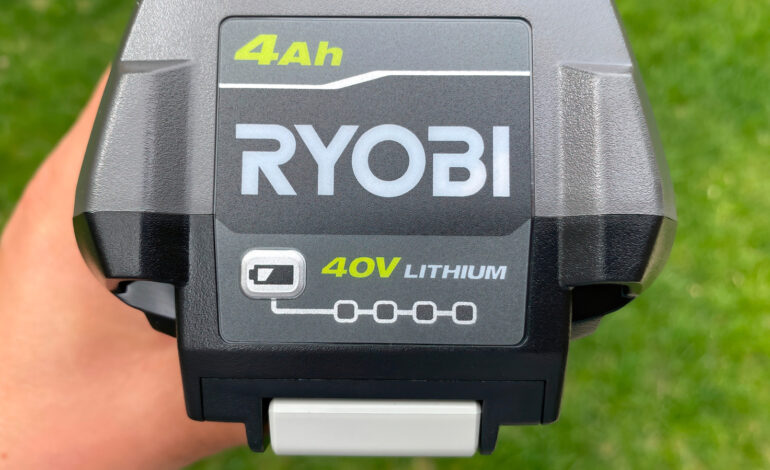Ryobi Battery Removal Guide: Urgent Tips to Avoid Damage

URGENT UPDATE: Struggling with a stuck Ryobi battery? As users continue to report difficulties, experts are sharing critical tips to safely remove batteries from tools without causing damage. This issue is affecting many users today, especially those relying on Ryobi equipment for their projects.
Many Ryobi users have found themselves in a frustrating situation after long workdays, inadvertently discharging their 40V batteries and experiencing them getting stuck in tools. If you’re working with a Ryobi chainsaw, the solution is simple: place the tool on a flat surface, then press the front latch while pulling the battery out.
For larger tools like the powerful Ryobi leaf blower, the technique is similar but requires a firm grip. Position the blower on the floor, secure it with your foot, and click the release latch from underneath. It’s essential to hold the button after it clicks to smoothly pull the battery out. This method is crucial as a stuck battery doesn’t always mean it’s damaged, but mishandling can void warranties.
If you’re unable to remove the battery, do NOT use tools to pry it out. Instead, consult your owner’s manual or visit a trusted retailer that sells Ryobi products. Mishandling lithium-ion batteries can lead to dangerous situations; hence, safety precautions are paramount.
Ryobi emphasizes that batteries are always in a “live” state, even when not attached to tools or chargers. Users should avoid exposing batteries to high temperatures or open flames, as this can cause swelling or even explosions. Additionally, batteries must be kept away from metal objects to prevent short-circuiting.
When storing your Ryobi batteries, ensure they remain in a cool, dry place, ideally below 80 degrees Fahrenheit. Always use official Ryobi chargers and never attempt to refurbish batteries yourself, as the company advises against opening them.
If your Ryobi battery is no longer holding a charge, the recommended course of action is recycling. Users can take advantage of local recycling programs, like Home Depot’s Call2Recycle, which promotes the circular economy by ensuring that battery components are reused and harmful materials are kept out of landfills.
Visit your nearest Home Depot location to find recycling bins for your batteries. By recycling, you not only dispose of your batteries responsibly but also contribute to sustainable practices that benefit the environment.
Stay tuned for more updates and safety tips regarding Ryobi tools and batteries. Share this information with fellow Ryobi users to help spread awareness!






